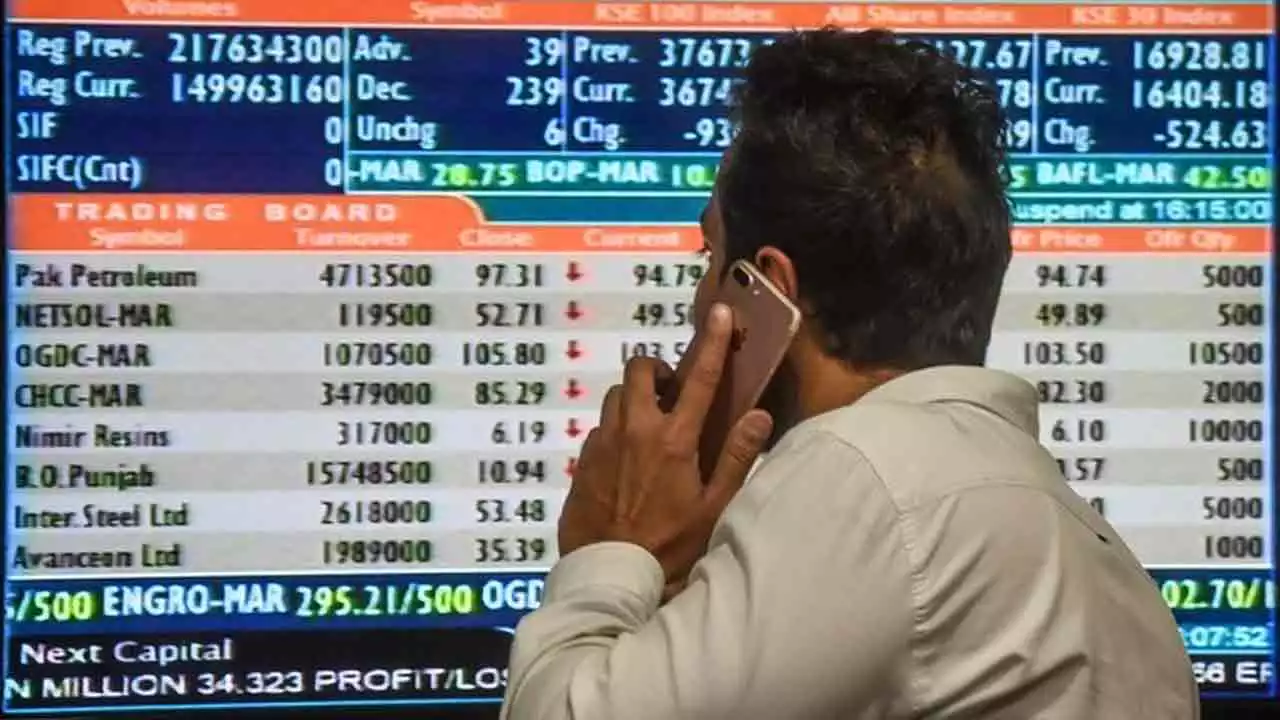The Pakistan trade deficit 2025 has once again highlighted the country’s economic challenges, as exports struggle to maintain momentum while imports show a steady increase. According to the Pakistan Bureau of Statistics, the latest data for the first two months of the current fiscal year paints a concerning picture of the balance of trade.
Pakistan Trade Deficit 2025: Key Numbers
In the first two months of the fiscal year, Pakistan’s total exports stood at more than $5.1 billion, while imports crossed $11.1 billion. This indicates a widening gap between what the country earns from its exports and what it spends on imports. Such a trade imbalance continues to place pressure on foreign exchange reserves and overall economic stability.
The data also revealed month-to-month changes. In August 2025, Pakistan’s exports fell by 9.98% compared to July 2025, while imports dropped by 9.35% during the same period. Although both sides of trade decreased in August compared to July, the overall trade deficit remains large.
Year-on-Year Comparison of Exports and Imports
A deeper look into the numbers reveals further stress. When comparing August 2025 with August 2024, exports declined by 12.5%, while imports increased by 6.4%. This contrast highlights two key issues: Pakistan’s exports are struggling to grow in international markets, while domestic demand for imports remains strong despite economic challenges.
The Pakistan trade deficit 2025 thus reflects not just short-term fluctuations but also longer-term structural problems in the country’s trade system.
Causes Behind the Widening Pakistan Trade Deficit 2025
Several factors contribute to this widening trade deficit:
- Weak export competitiveness: Pakistan’s major export sectors, such as textiles, face stiff global competition and high production costs.
- Rising import dependency: Essential goods such as petroleum, machinery, and food items continue to dominate the import bill.
- Currency depreciation: A weaker rupee increases the cost of imports, adding pressure on the balance of payments.
- Limited product diversification: Overreliance on a few commodities prevents growth in new markets.
Unless these issues are addressed, the Pakistan trade deficit in 2025 is expected to remain high.
Impact of the Trade Deficit on the Economy
The persistent Pakistan trade deficit 2025 has significant consequences for the economy:
- Pressure on foreign reserves: A large import bill depletes the State Bank’s reserves, creating difficulties in paying for essential goods.
- Debt dependency: To cover the gap, Pakistan often turns to external loans, increasing its debt burden.
- Currency instability: Trade deficits put downward pressure on the rupee, which directly affects inflation.
- Industrial slowdown: Export-oriented industries struggle with declining orders, which in turn reduces employment opportunities.
These impacts create a cycle that is difficult to break without strong reforms.
Government Measures to Address the Pakistan Trade Deficit 2025
The government has acknowledged the seriousness of the issue and is taking steps to manage the trade gap:
- Promoting exports: Efforts are being made to provide subsidies and incentives to the textile sector, which remains the backbone of exports.
- Import restrictions: Policies have been introduced to limit non-essential imports, especially luxury items.
- Energy support for industries: Cheaper energy for export industries is being considered to improve competitiveness.
- Trade diversification: Pakistan is exploring new markets in Africa, Central Asia, and the Middle East to reduce dependency on traditional buyers.
While these steps are important, their effectiveness will depend on long-term consistency rather than short-term fixes.
The Way Forward
To reduce the Pakistan trade deficit 2025, structural reforms are necessary. Export sectors must be modernized through technology and value addition. Pakistan also needs to focus on non-traditional exports such as IT services, engineering products, and pharmaceuticals.
At the same time, reducing reliance on imports will require policies that encourage local manufacturing and agricultural productivity. By supporting small and medium enterprises (SMEs), Pakistan can reduce import dependency and generate more domestic value.
The latest figures on the Pakistan trade deficit 2025 show a challenging outlook. With exports falling by 12.5% year-on-year in August and imports increasing by 6.4%, the imbalance is widening. Unless decisive steps are taken to strengthen exports and reduce unnecessary imports, the trade deficit will continue to strain Pakistan’s economy.
Long-term solutions, such as boosting competitiveness, diversifying export markets, and supporting domestic industries, are essential. Addressing these challenges now will determine whether Pakistan can stabilize its trade balance and secure sustainable economic growth in the years ahead.



